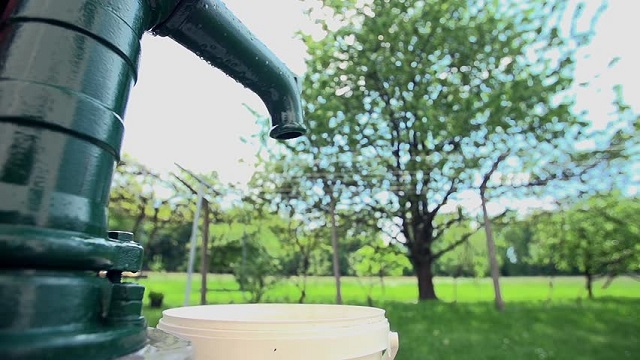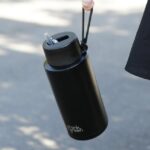Water issues in Australia are slowly becoming a thing of the past, but we’re not quite there yet. One of the main reasons we’re progressing towards this goal are water pumps. These appliances are capable of transferring huge amounts of water from one place to another and can be used for different domestic and agricultural applications. There are several types of water pumps that are designed to assist people in rural areas by providing them water from underground sources.
The most suitable pumps for the job are the submersible water pump, the self-prime regenerative pump and the centrifugal pump. All of these types operate in different methods but with the same goal, so picking the right one will depend on your circumstances. In order to choose a good one for your needs, you have to know the ins and outs of all three types.

Submersible Pumps
A submersible water pump is a device that consists of a sealed motor which is submerged in water bodies completely, especially bore wells and open wells. It is the most efficient and wise choice because it does not require priming as it is already underwater. Submersible pumps are divided into two basic types – tube well pumps (for bore well applications) and open well pumps (for open well applications). They can handle clear cold fresh water that’s free from chemically aggressive substances and abrasive particles.
Centrifugal Pumps
These pumps are capable of circulating water by converting rotational kinetic energy into hydrodynamic energy for water flow. The rotational energy comes from an electric motor. Jet centrifugal pumps also exist, they fall under the same category but instead, they use the stream of the water they suck to create a jet which improves the drawing capacity from underground water. These pumps are suitable for handling the same type of water as submersible pumps and can be used as a water supply in gardens, lawn sprinklers, irrigation, draining of tanks and wells, filling a pool, etc. They have a relatively high discharge rate and can offer an outstanding performance with better efficiency.

Regenerative Pumps
These pumps have vanes fitted on both sides of the rim which rotates in a ring-like conduit inside the pump’s casing. The fluid doesn’t discharge from the tip of the impeller, but instead is re-circulated back to the bottom. This is how the pump re-primes itself, hence their name self-prime regenerative pumps. These pumps are capable of handling the same type of water as the previous two and are suitable for a wide range of purposes just like the centrifugal pump. Moreover, their self-priming capability enables them to remove air and suck water from pipelines, allowing them to operate without a foot valve.






















